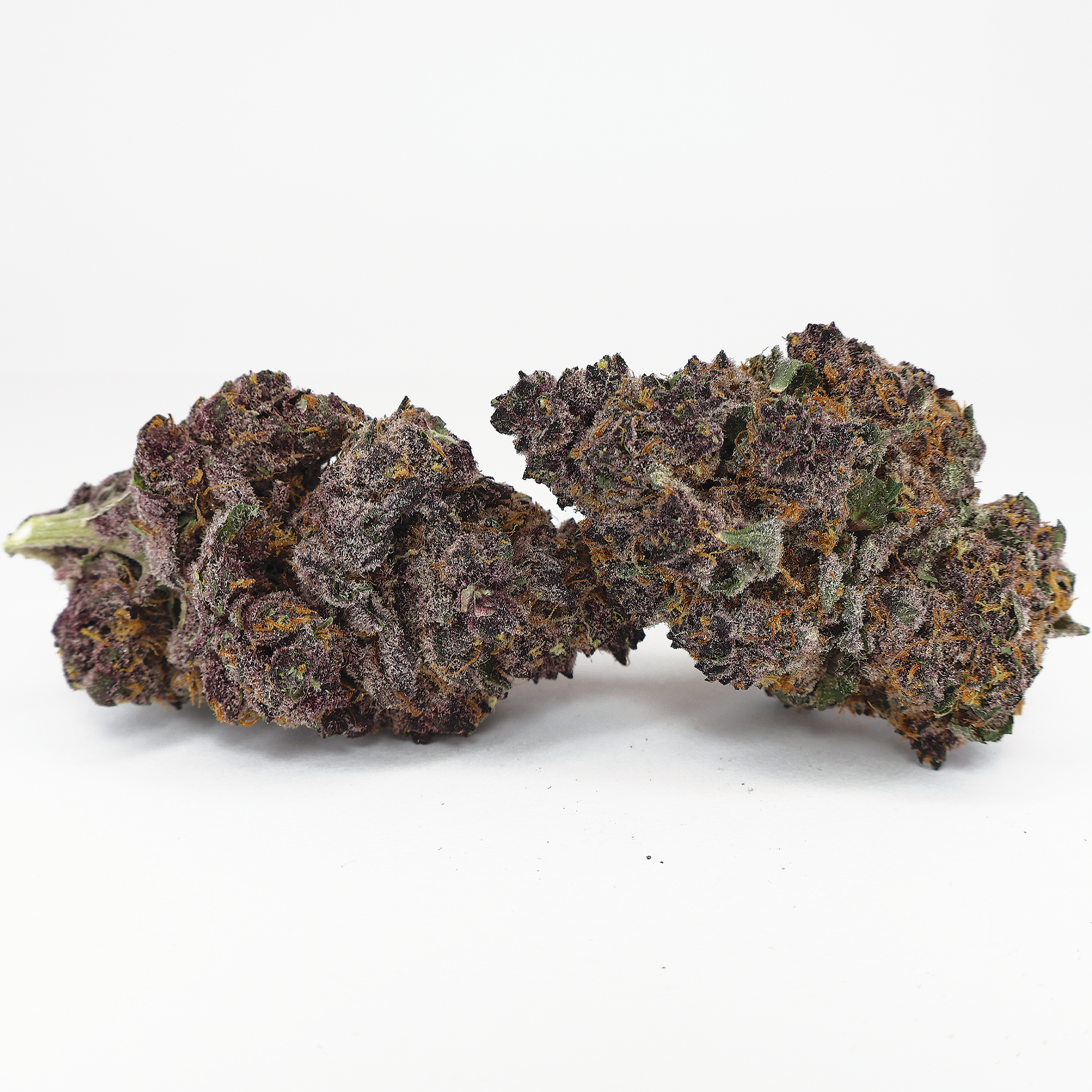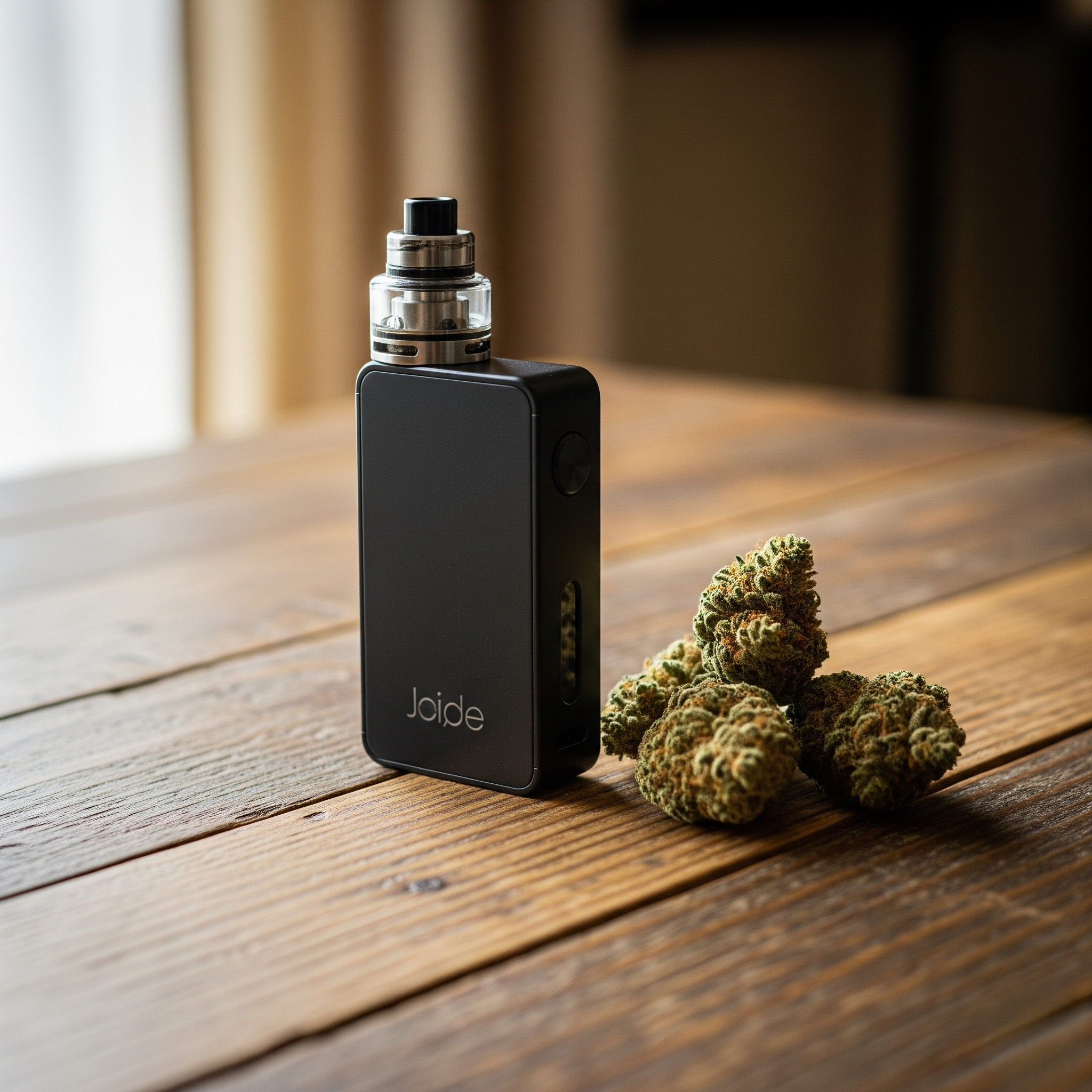Dry herb vaporizers have earned a loyal following among cannabis enthusiasts who appreciate the authentic flavors and aromas of flower. They offer a way to enjoy cannabis without combustion, but as the industry grows and more options emerge, it’s worth looking at the downsides.
Here, we break down the common challenges of dry herb vaporizers and why many are switching to hash for a more potent, flavorful, and hassle-free experience.
What is a Dry Herb Vaporizer?
A dry herb vaporizer heats cannabis flower to a specific temperature, releasing cannabinoids and terpenes as vapor rather than smoke. Using conduction or convection heating, these devices are marketed as a cleaner, more flavor-rich alternative to smoking.
They preserve the plant’s profile, making them popular among purists. However, that doesn’t mean they’re without drawbacks.
The Pros and Cons of Dry Herb Vaporizers
While dry herb vaporizers deliver natural taste and avoid combustion, they also come with a learning curve and ongoing maintenance requirements.
The Upside:
-
Full flavor and terpene preservation
-
Reduced combustion byproducts compared to smoking
-
Portable and discreet form factors
The Downside:
-
Frequent upkeep and cleaning
-
Inconsistent heating in some models
-
Noticeable odor during use
-
Battery limitations for portable units
Common Hassles of Dry Herb Vaporizers
1. Maintenance Requirements
Dry herb vaporizers perform best with finely ground flower that’s packed just right. This means frequent grinding, packing, stirring, and cleaning. Over time, it can feel less like relaxation and more like a chore.
2. Uneven Heating & Vapor Quality
Cheaper or conduction-based vaporizers often heat unevenly, leading to hot spots in the chamber and inconsistent vapor. Users may have to stir the herb mid-session, reload, or constantly adjust the temperature.
3. Battery Life Limitations
Portable dry herb vaporizers can drain quickly, especially at higher heat settings. Longer sessions or multiple uses in a day often require recharging.
4. Odor Concerns
While vaporizing produces less smell than smoking, dry herb vaporizers still emit a noticeable aroma, especially indoors. The scent can linger in fabrics and small spaces, making them less discreet than some users expect.
Are Dry Herb Vaporizers Worth It?
For flavor chasers and traditionalists, the experience of vaporizing flower can be enjoyable. But for others, the constant prep work, odor, and variable performance can outweigh the benefits, especially when more potent and efficient options exist.

Why Hash Can Be a Better Option
Hash offers a concentrated, more powerful cannabis experience in smaller amounts. It’s:
-
More Potent – Delivers stronger effects with less material
-
Flavor-Focused – Often vaporized at lower temps, preserving terpenes
-
Less Hassle – Requires less grinding, packing, and cleaning
The Best Way to Vaporize Hash
Not all vaporizers handle hash well. Devices like the Puffco Proxy are built for concentrates, featuring:
-
Precision temperature control
-
Even heat distribution
-
Modular, easy-to-clean designs
The result: consistent flavor, strong effects, and minimal effort.
The Future: Concentrates & Specialized Devices
As cannabis culture evolves, more users are moving toward dabbing concentrates. Brands like Puffco lead the way with innovative products designed for hash, rosin, and other extracts, helping users skip the drawbacks of dry herb vaporizers entirely.
Final Thought:
Dry herb vaporizers still have a place, but if you’re looking for less prep, more potency, and richer flavor, switching to hash and a device designed for concentrates may be the smarter move. Check out our products that you're also gonna love.




Share:
What’s a Cannabis Tolerance Break? A Complete Guide
Dabbing vs Smoking: What’s the Difference and Which is Right for You?